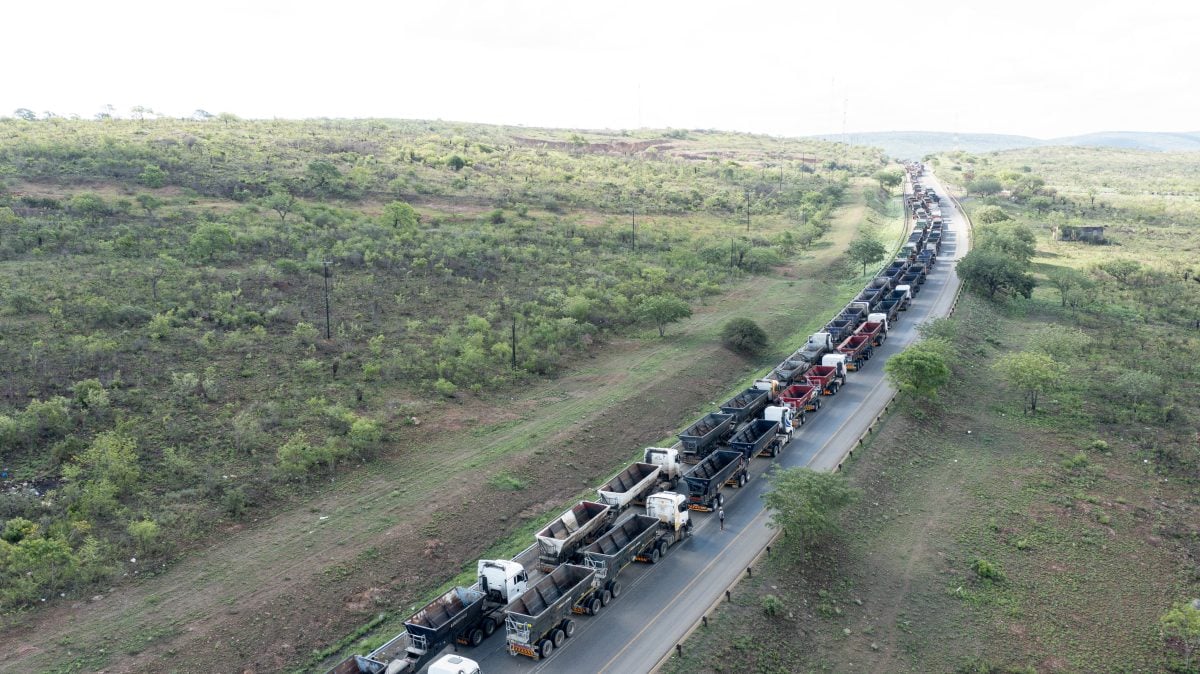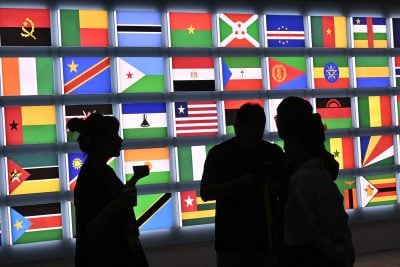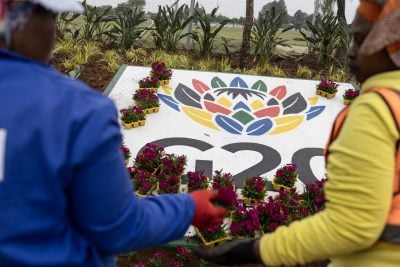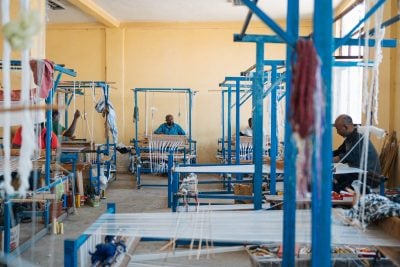Mozambique is betting on logistics to transform the country’s economic structure, with large investments going into corridors linking the hinterland to the country’s long coastline. João Jorge Matlombe, Mozambique’s minister of transport and logistics, says transport corridors, which are already a vital conduit for trade between the region’s landlocked countries, are the drivers of the government’s vision of economic transformation.
“We are prioritising the rehabilitation and modernisation of our transport corridors, particularly the Maputo, Beira and Nacala corridors, which serve not only Mozambique but also the landlocked countries of the region such as Malawi, Zimbabwe, Zambia and the Democratic Republic of Congo.
“The work involves expanding port capacity, modernising railway lines and improving road networks to ensure greater efficiency and competitiveness in the movement of goods. We are also investing in digital systems to facilitate trade, reduce bureaucracy and accelerate customs clearance processes,” he says.
A shift from mere transit
In rolling this out, the government is developing partnerships with the private sector and development agencies. “Ultimately, our objective is to shift from being simply a transit country to becoming a logistics and services centre that adds value to regional trade and stimulates industrialisation within Mozambique,” he says.
The Maputo Corridor in southern Mozambique connects the Port of Maputo to South Africa, transporting minerals, agricultural products, manufactured goods and transit cargo to the industrial heartland of Gauteng and northern parts of South Africa. There are plans to develop the existing, but under-used, links from the port to Zimbabwe and to Swaziland.
The Beira Corridor connects the Port of Beira to Zimbabwe, Zambia, Malawi and the southern provinces of the Democratic Republic of the Congo (DRC). It includes rail and road links to the hinterland, and also a fuel pipeline to Zimbabwe.
The Nacala Corridor connects w, one of the deepest natural ports in Africa, to Malawi and Zambia, and also has a railway line linking these countries. However, trade along the route is still relatively undiversified, focusing mostly on moving coal from Tete Province in Mozambique, through Malawi, to the port. There has been considerable investment in the port to develop, among other things, a new quay exclusively for container ships and new equipment for handling containerised cargo.
A fourth, the Cabo Delgado Corridor, is emerging on the back of the massive liquefied natural gas (LNG) developments in the northern regions, which will include the towns of Pemba and Palma, located in the remote area in the far north that is the site of the gas projects. This would focus on energy sector logistics within the country and provide regional connectivity with neighbouring Tanzania. But it is in its early days, particularly as there is little infrastructure in the area and no decent land connections to Tanzania.
The Maputo Development Corridor is the most advanced to date, boosted by partnerships with South Africa and private sector business ties. The Port of Maputo has become a preferred outlet for bulk minerals from South Africa to avoid congestion at the Durban and Richards Bay ports, with agriculture a growing area of trade, including citrus and maize.
According to the Maputo Port Development Company (MPDC), the port handled a total volume of 30.9m tonnes of cargo in 2024, although this was affected by the closure of the Lebombo border crossing between South Africa and Mozambique, one of the busiest in the region, during Mozambique’s post-election violence in November. But it reported growth in both road and rail volumes for the full year.
Investment and partnerships
Matlombe says the development of the corridors involves expanding port capacity, modernising railway lines and improving road networks to ensure greater efficiency and competitiveness in the movement of goods. “We are also investing in digital systems to facilitate trade, reduce bureaucracy and accelerate customs clearance processes. “A good example is the integration of single-window platforms that allow for faster and more transparent transactions, supporting both domestic and cross-border trade,” he says. The scale of investment needed is high, requiring partnerships with the private sector and development partners, he says. These will include provisions for maintenance of the infrastructure, allowing the state to focus on regulation and oversight. “In addition, we are setting up dedicated funds for maintenance, partly financed through user fees, to guarantee continuous investment in the upkeep of our corridors.”
The African Development Bank is one of the partners, supporting investments in port modernisation, railway rehabilitation and road projects that provide regional linkages. AfDB vice president Solomon Quaynor says: “We also focus on the soft infrastructure – trade facilitation measures, harmonisation of customs systems and capacity building for institutions managing the corridors. Physical infrastructure alone cannot deliver the full benefits.”
“In Mozambique, we are working to structure innovative financing instruments that combine sovereign resources, development finance and private capital.
“For example, we support PPPs [public-private partnerships] in ports and railways, which reduce the burden on the government while ensuring commercial viability.”
“Beyond transport, we see logistics as part of a broader industrialisation strategy. So we are also financing energy, digital infrastructure and agro-industrial projects that link to the corridors,” says Quaynor. “In our 10-year strategy, we have given increased priority to regional interventions as well as the creation of regional transmission corridors. One of the key success factors is the availability of adequate venture capital to finance the preparation of these projects.
Improving security and efficiency
Wilfrid Flottes de Pouzols, director general of Scanning Systems, a company that provides inspection and scanning technology at ports, border posts and logistics centres, says it is installing modern inspection systems.
This, he says, will allow cargo to be scanned quickly and accurately, reducing delays, increasing revenue collection for the state and combating illicit trade.
“We also integrate our technology with customs digital platforms, so that inspection results are immediately available to the authorities and traders. This creates a transparent and efficient system that facilitates cross-border trade.”
Improving both security and efficiency is making Mozambique’s corridors more competitive and more trusted by regional and global partners, he says.
Want to continue reading? Subscribe today.
You've read all your free articles for this month! Subscribe now to enjoy full access to our content.
Digital Monthly
£8.00 / month
Receive full unlimited access to our articles, opinions, podcasts and more.
Digital Yearly
£70.00 / year
Our best value offer - save £26 and gain access to all of our digital content for an entire year!
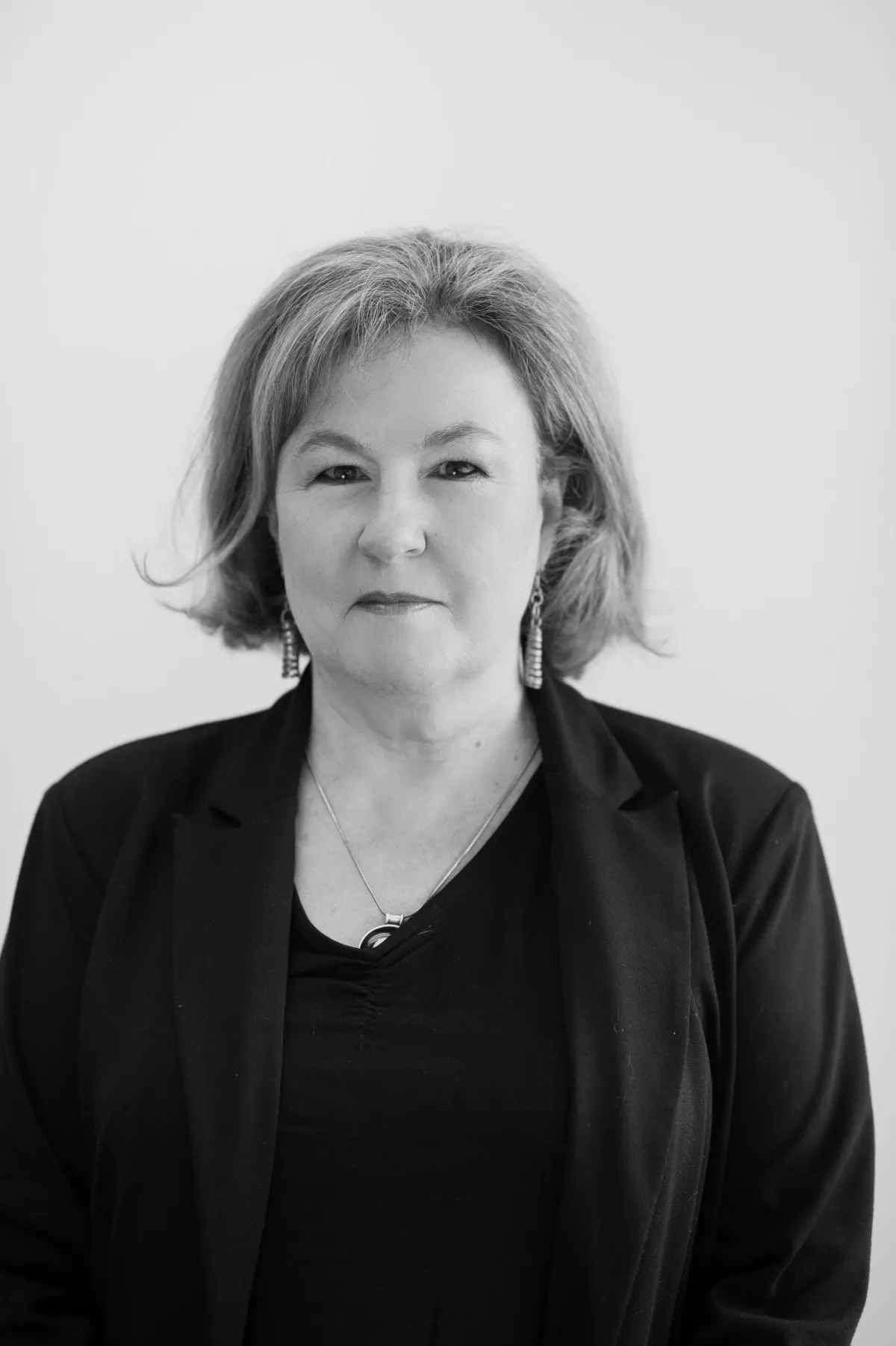
 Sign in with Google
Sign in with Google 